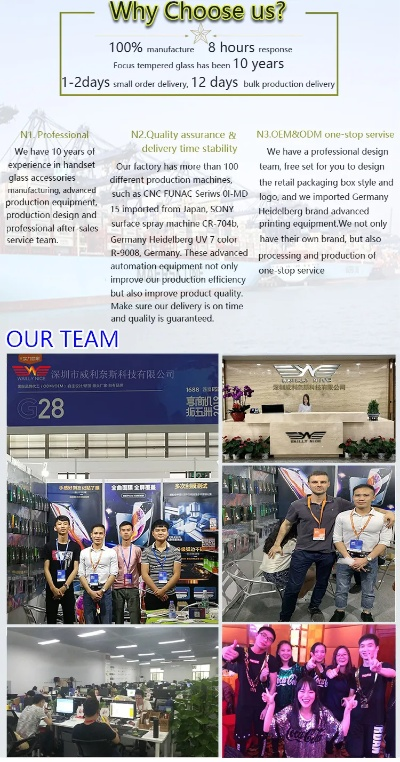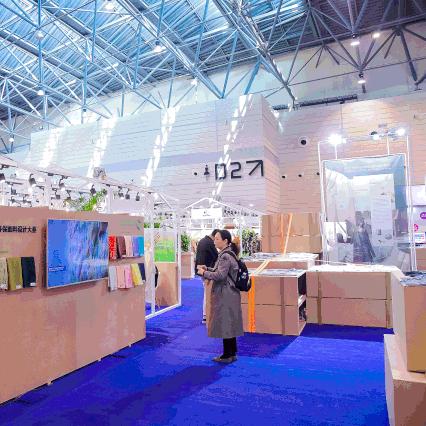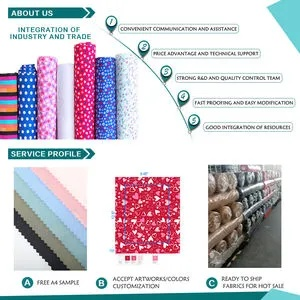The Art of Textile Sensory Appraisal:A Comprehensive Guide
This comprehensive guide to textile sensory appraisal provides an in-depth understanding of the art and techniques used in assessing the quality, texture, and aesthetics of textiles. It covers various aspects such as color, pattern, fabric composition, and dyeing processes, highlighting the importance of sensory evaluation in textile design and production. The guide also emphasizes the role of sensory perception in creating a cohesive and appealing product that meets consumer needs and preferences. By providing practical examples and case studies, this guide helps readers develop their skills in sensory appraisal and enhance their ability to evaluate textile products effectively.
Introduction: Textiles, with their unique textures and feel, are a crucial aspect of our daily lives. From the softness of a cozy sweater to the roughness of a rugged jacket, every detail contributes to the overall sensory experience we have with clothing. In this article, we will explore the intricacies of textile sensory appraisal, delving into the various factors that determine a product's quality and how they impact the user's perception of its value.
Table of Contents:

-
Understanding Textile Sensory Appraisal
-
Factors Affecting Textile Texture
-
Determining the Quality of Textiles
-
Case Studies
-
Conclusion
-
Understanding Textile Sensory Appraisal
Textile sensory appraisal is the process of evaluating and comparing the physical properties of textiles to determine their quality and suitability for specific uses. It encompasses a range of sensory attributes, including touch, temperature, weight, durability, and comfort. These attributes are critical in determining whether a textile is suitable for use in different industries, such as fashion, healthcare, and home furnishings.
Factors Affecting Textile Texture
The texture of a textile is determined by several factors, including the fiber type, weave pattern, dyeing techniques, and finishing processes. For example, cotton fabrics tend to be softer and more breathable than polyester ones due to their natural fiber composition. Similarly, woolen fabrics are known for their luxurious feel and warmth, while linen fabrics provide a crisp and refreshing sensation.
Determining the Quality of Textiles
The quality of textiles is often determined by their ability to meet specific functional and aesthetic requirements. This includes factors such as thread count, colorfastness, and washability. High-quality textiles are typically made from premium materials and undergo rigorous testing to ensure they meet these standards.
Case Studies
Case Study 1: A study conducted by the Textile Institute found that the texture of a garment can significantly affect its perceived value. For example, a pair of jeans with a smooth finish may be perceived as higher quality than those with a rougher surface.
Case Study 2: Another study examined the effect of colorfastness on the perceived value of a textile. The researchers found that garments with bright and vibrant colors were rated higher by consumers than those with muted or monochromatic shades.
Conclusion
In conclusion, textile sensory appraisal is an essential aspect of the textile industry, as it helps to ensure that products meet the needs and expectations of consumers. By understanding the various factors that affect textile texture and quality, businesses can optimize their production processes and improve their product offerings. As we continue to explore the world of textiles, it is essential to recognize the importance of sensory appraisal in shaping our purchasing decisions and ensuring that we are making informed choices about the products we wear and use.
纺织品手感评级概述
纺织品手感是评价其舒适度、触感以及质量的重要指标,在纺织品市场中,手感评级为消费者提供了直观的参考依据,有助于选择合适的纺织品,本文将围绕纺织品手感评级展开讨论,并通过英文案例说明来详细阐述其要点。

手感评级标准与分类
手感评级标准主要包括触感柔软度、触感细腻度、触感舒适度等多个方面,触感柔软度是指纺织品在接触皮肤时给人以柔软、舒适的感觉;触感细腻度则是指纺织品表面纹理的细腻程度;触感舒适度则是指纺织品在使用过程中给人的整体感受,根据这些标准,纺织品手感可以被分为不同等级,如一级为最佳手感,二级为优秀手感等。
英文案例说明
以纺织品为例,我们可以从以下几个方面详细说明手感评级:
柔软度评级
在纺织品市场中,柔软度是一个重要的评价指标,以下是一些具体的柔软度评级案例:
某品牌的高级棉质衣物,手感柔软细腻,触感舒适度高,被评为一级柔软度,该衣物采用了高品质的纤维材料,使得穿着起来非常舒适。
某品牌的丝绸面料,手感柔滑,触感优雅,被评为二级柔软度,该面料采用了独特的工艺技术,使得手感更加舒适。
细腻度评级
纺织品表面的纹理是其细腻度的体现,以下是一些具体的细腻度评级案例:
某品牌的羊毛毛衣,表面纹理细腻,触感柔和,被评为细腻度优秀,该毛衣采用了高质量的羊毛材料,使得穿着起来非常舒适且保暖。
舒适度评级
在纺织品市场中,舒适度也是一个重要的评价指标,以下是一些具体的舒适度评级案例:
某品牌的运动面料,采用了特殊的透气性材料,使得穿着起来非常透气且舒适,该面料在运动时能够吸收汗水并快速蒸发,使得穿着者感觉非常清爽。
手感评级的具体应用
手感评级在纺织品选购中具有很高的实用价值,消费者可以根据手感评级来选择适合自己的纺织品,提高购物体验,纺织品生产厂家也可以根据手感评级来优化产品设计,提高产品质量,手感评级还可以作为纺织品质量评估的重要依据,有助于提高整个纺织行业的品质水平。
总结与展望
纺织品手感评级是评价纺织品质量的重要指标之一,在纺织品市场中,消费者可以根据手感评级来选择适合自己的纺织品,提高购物体验,纺织品生产厂家也可以根据手感评级来优化产品设计,提高产品质量,随着人们对纺织品品质要求的不断提高,手感评级将会越来越受到重视,随着科技的不断进步,纺织品的手感评级也将更加智能化、个性化,为消费者提供更加便捷、舒适的购物体验。
Articles related to the knowledge points of this article:
Top Ten Textile Brands in the International Market
The Art of Textiles:A Journey Through the World of Fabrics with Aiyu Textiles



